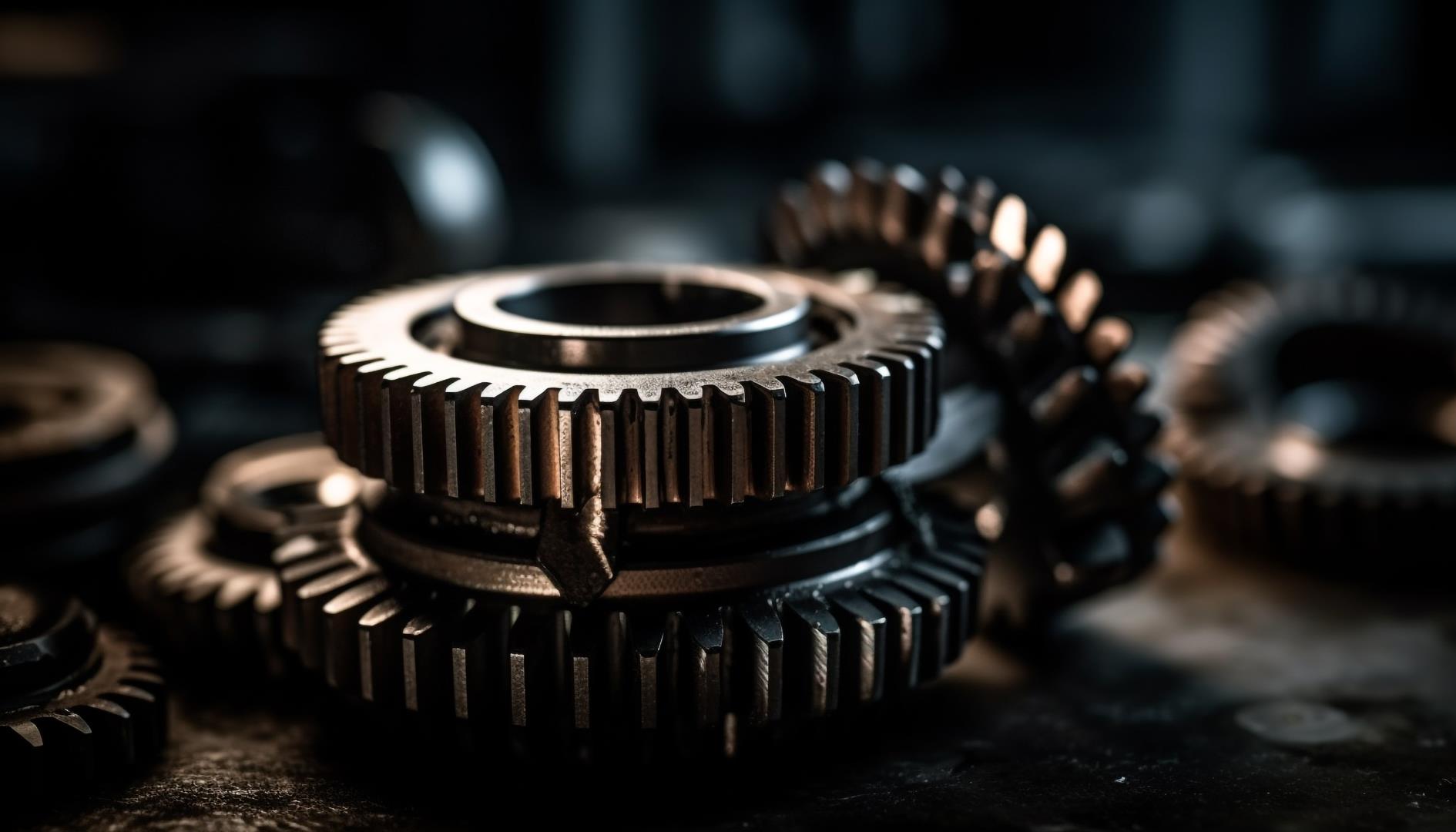Gear manufacturing
Gear manufacturing is an art that can be mastered only by truly dedicated professionals. It takes years of practice and a plethora of modern machinery for an average gear manufacturer to produce flawless results. This is why businesses choose to work only with professional gear manufacturers with a proven track record. Gears are indeed the unsung heroes of countless industries, quietly working behind the scenes to keep the machinery running smoothly. Whether for transmitting power or controlling motion, machinery cannot do without strong and sturdy gears. But have you ever wondered how these mechanical marvels are made? Read this blog until the end if you are interested in understanding the methods of gear manufacturing. In this blog, we briefly discuss the four most important gear-making processes.
Gear Cutting
The gear-making process is complex, to say the least. A wide range of gear manufacturing methods are used to convert metal discs or blanks into intricate gear with perfect teeth. Any deviation in the process can lead to disastrous effects. Gear cutting is a fundamental process in gear manufacturing, playing a crucial role in producing high-quality gear. Several methods are used for gear cutting, each with its benefits.
One common method is gear hobbing. In this method, a specialized tool called a hob is used to cut teeth into the gear blanks with extreme precision. This method allows for fast and efficient production of gears with excellent accuracy. One of the biggest advantages of hobbing is that it is fast as well as efficient. The diversity of hobbing enables gear manufacturers to manufacture straight and worm gears.
Milling is another popular method, where rotating cutters remove material from the workpiece to create the desired tooth profile. It offers versatility and can be used for both small and largescale productions. Broaching, on the other hand, uses a broach tool to cut teeth into the workpiece’s surface progressively.
Gear Forming
Gear forming is a crucial manufacturing process that allows for the creation of high-quality gears. There are two primary methods used in gear forming: forging and casting.
Forging is a method where metal is heated and shaped to form gears. This process involves heating the metal to a specific temperature, making it malleable. The metal is then placed into a die or mould and pressed or hammered into shape. Forging provides several advantages, including enhanced strength and durability, as well as improved grain structure. However, it can be time-consuming and expensive compared to other methods.
On the other hand, casting involves pouring molten metal into a mould to create gears. This process offers flexibility in terms of design options and complex shapes can be easily achieved. Additionally, casting can be more cost-effective for large-scale production runs. However, it may result in less precise dimensions and lower material density compared to forging.
Gear Grinding
Precision is invaluable when it comes to gear and spline manufacturing. Gear grinding plays a crucial role in the manufacturing of gears, as it helps achieve precision and smoothness. This process is essential for removing any imperfections that may be left behind by the cutting or forming operations. Even the slightest variation in gear teeth design can negatively impact the torque transfer.
Cylindrical grinding is one of the most common methods of gear grinding. This procedure involves using a cylindrical grinder to grind the outside diameter of the gear teeth. Another method is internal grinding, where an internal grinder is used to grind the inside diameter of gears with boreholes.
Profile grinding is another technique used in gear manufacturing. It involves creating complex profiles on the tooth surface using specialized machines and abrasives. This method allows for precise control over the shape and dimensions of the gear teeth.
Heat Treatment
Gears not only need to be precise and have tight intolerances, but they also need to be hard and able to withstand pressure. A gear that breaks at the first sign of pressure is of no use. Heat treatment is crucial as it helps enhance the properties and performance of gears, ensuring their durability and precision. Two common heat treatment processes used for gears are carburizing and quenching.
Carburizing, as the name suggests, involves introducing carbon into the surface layer of the gear to increase its hardness while maintaining its toughness. This is achieved by heating the gear in an environment rich in carbon, such as a gas or liquid mixture containing carbon compounds.
Quenching is another important step in heat treatment that follows carburizing or any other hardening process. After heating to achieve proper hardness, gears are rapidly cooled by immersing them in a quenching medium like oil or water. This rapid cooling “freezes” the structure of the metal, creating a desirable level of hardness throughout the entire part. A gear manufacturing process is incomplete without proper heat treatment.
Gear manufacturing – Conclusion
The four key gear manufacturing processes – cutting, forming, grinding, and heat treatment – each contribute to the creation of gears that meet these standards. Gear cutting allows for precise shaping of the teeth on gears using methods like hobbing, shaping, milling, and 7 broaching. Gear forming involves forging or casting metal to create gears with desired properties.
Gear grinding ensures precision by removing imperfections left by other processes. And finally, heat treatment enhances the durability and toughness of gears through techniques like carburizing and quenching. LAXMI METAL TOOLS Italy and India is a leading gear manufacturer that employs the best technique for manufacturing all types of gear. Our extensive facility in Cambridge, ON is equipped with all the latest CNC machinery.
The combination of the latest equipment and experienced employees makes it possible for us to deliver custom gear with precise tolerances. Look no further than LAXMI METAL TOOLS Italy and India for all your gear manufacturing needs.


